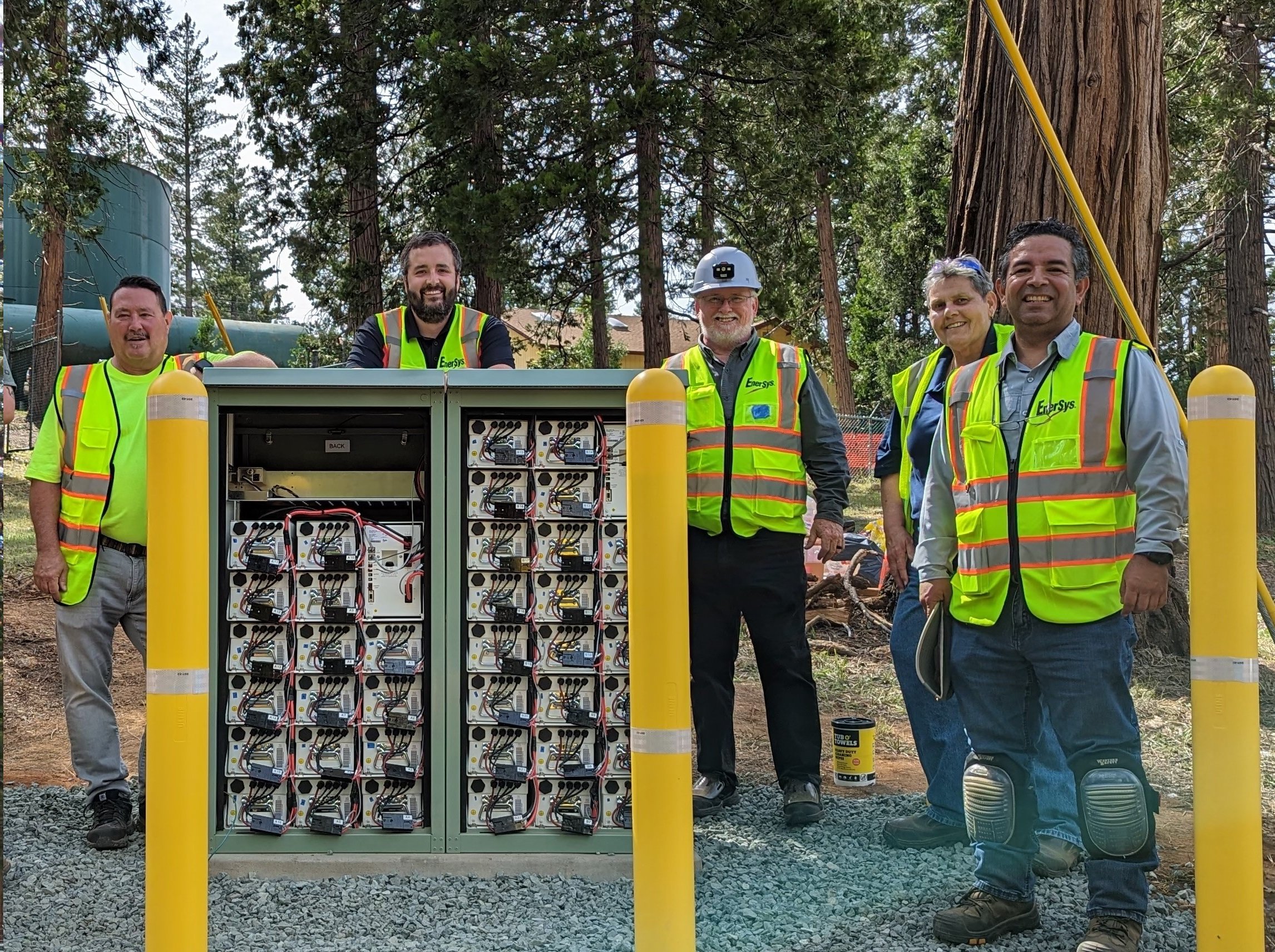¿POR QUÉ ENERSYS?
¿POR QUÉ ENERSYS?WHO WE ARE
WHO WE AREHISTORIA DE LA EMPRESA
HISTORIA DE LA EMPRESALIDERAZGO
LIDERAZGOINVERSORES
INVERSORESCARRERAS
CARRERASSOSTENIBILIDAD
SOSTENIBILIDADNOTICIAS
NOTICIASPLANTAS DE FABRICACIÓN
PLANTAS DE FABRICACIÓNPROVEEDORES
PROVEEDORESCALIDAD
CALIDADSECTORES
REDES DE COMUNICACIONES
Ver todo REDES DE COMUNICACIONESEL PODER DEL 5G
Ver todo EL PODER DEL 5GLOGÍSTICA Y ALMACENAMIENTO
Ver todo LOGÍSTICA Y ALMACENAMIENTOTRANSPORTE
Ver todo TRANSPORTEBANDA ANCHA POR CABLE
Ver todo BANDA ANCHA POR CABLECENTRO DE DATOS
Ver todo CENTRO DE DATOSENERGÍA INDUSTRIAL Y SERVICIOS PÚBLICOS
Ver todo ENERGÍA INDUSTRIAL Y SERVICIOS PÚBLICOSAEROESPACIAL Y DEFENSA
Ver todo AEROESPACIAL Y DEFENSAPROTECCIÓN Y SEGURIDAD
Ver todo PROTECCIÓN Y SEGURIDADMEDICINA
Ver todo MEDICINABATERÍAS
VER MÁS BATERÍASCARGADORES
VER MÁS CARGADORESSUPERVISIÓN Y GESTIÓN DE FLOTAS
VER MÁS SUPERVISIÓN Y GESTIÓN DE FLOTASENERGY SYSTEMS
VER MÁS ENERGY SYSTEMSSERVICIOS
VER MÁS SERVICIOSÚNETE A NUESTRA REDK
ÚNETE A NUESTRA REDKDIVERSIDAD
DIVERSIDAD¿POR QUÉ UNIRSE?
¿POR QUÉ UNIRSE?QUE HACEMOS
QUE HACEMOSBUSCAR EMPLEO
BUSCAR EMPLEOSUSTAINABILITY REPORT
SUSTAINABILITY REPORTGESTIÓN AMBIENTAL, DE SALUD Y SEGURIDAD
GESTIÓN AMBIENTAL, DE SALUD Y SEGURIDADDERECHOS HUMANOS
DERECHOS HUMANOSÉTICA Y CUMPLIMIENTO
ÉTICA Y CUMPLIMIENTOADQUISICIONES SOSTENIBLES
ADQUISICIONES SOSTENIBLESASOCIACIONES DE LA INDUSTRIA
ASOCIACIONES DE LA INDUSTRIAPARTICIPACIÓN DE LA COMUNIDAD
PARTICIPACIÓN DE LA COMUNIDADHISTORIAS QUE VALE LA PENA COMPARTIR
HISTORIAS QUE VALE LA PENA COMPARTIRPOLÍTICAS E INFORMES
POLÍTICAS E INFORMESPEOPLE POWERING SUSTAINABILITY
PEOPLE POWERING SUSTAINABILITYPERSPECTIVA DE LA INDUSTRIA
PERSPECTIVA DE LA INDUSTRIATRADESHOWS & EVENTS
TRADESHOWS & EVENTSENERSYS PULSE - BLOG
ENERSYS PULSE - BLOGLOGISTICS DEPARTMENT
LOGISTICS DEPARTMENTENERSYS FINANCIAL SOLUTIONS
ENERSYS FINANCIAL SOLUTIONSDOCUMENTOS
DOCUMENTOSHOJAS DE DATOS DE SEGURIDAD (SDS/MSDS)
HOJAS DE DATOS DE SEGURIDAD (SDS/MSDS)HERRAMIENTAS
HERRAMIENTAS